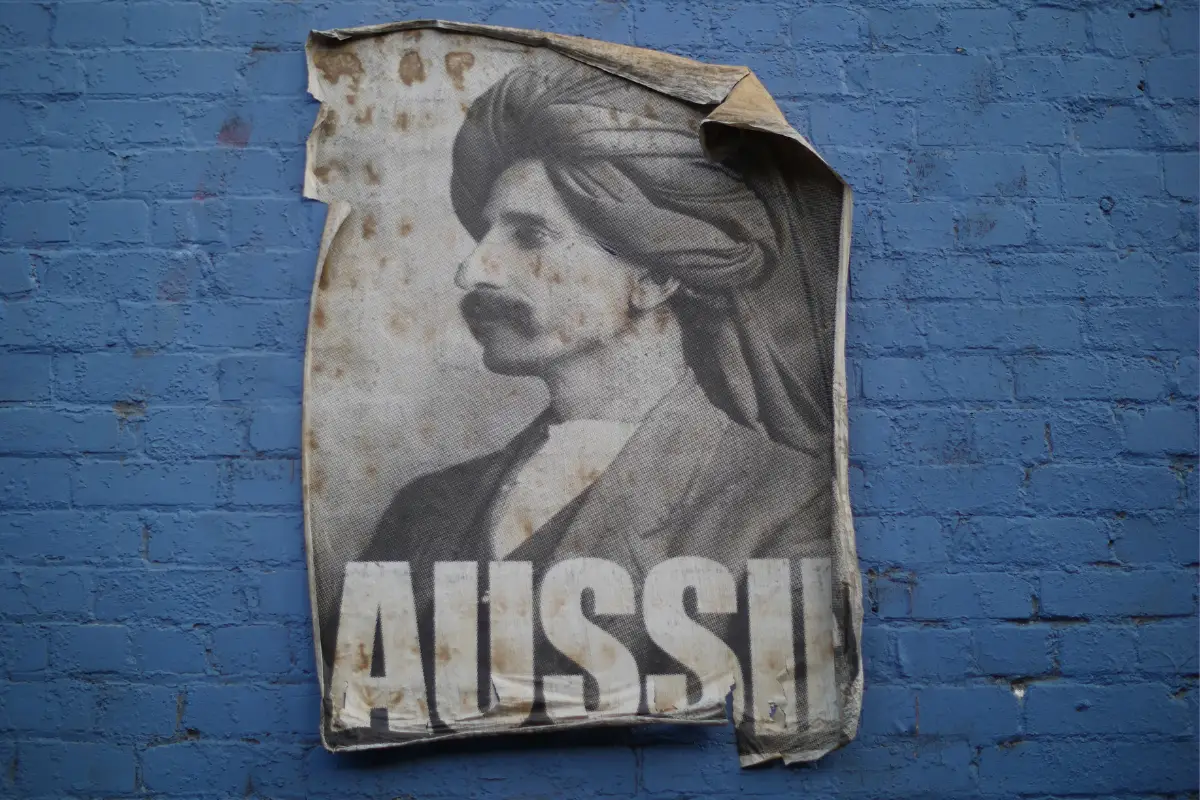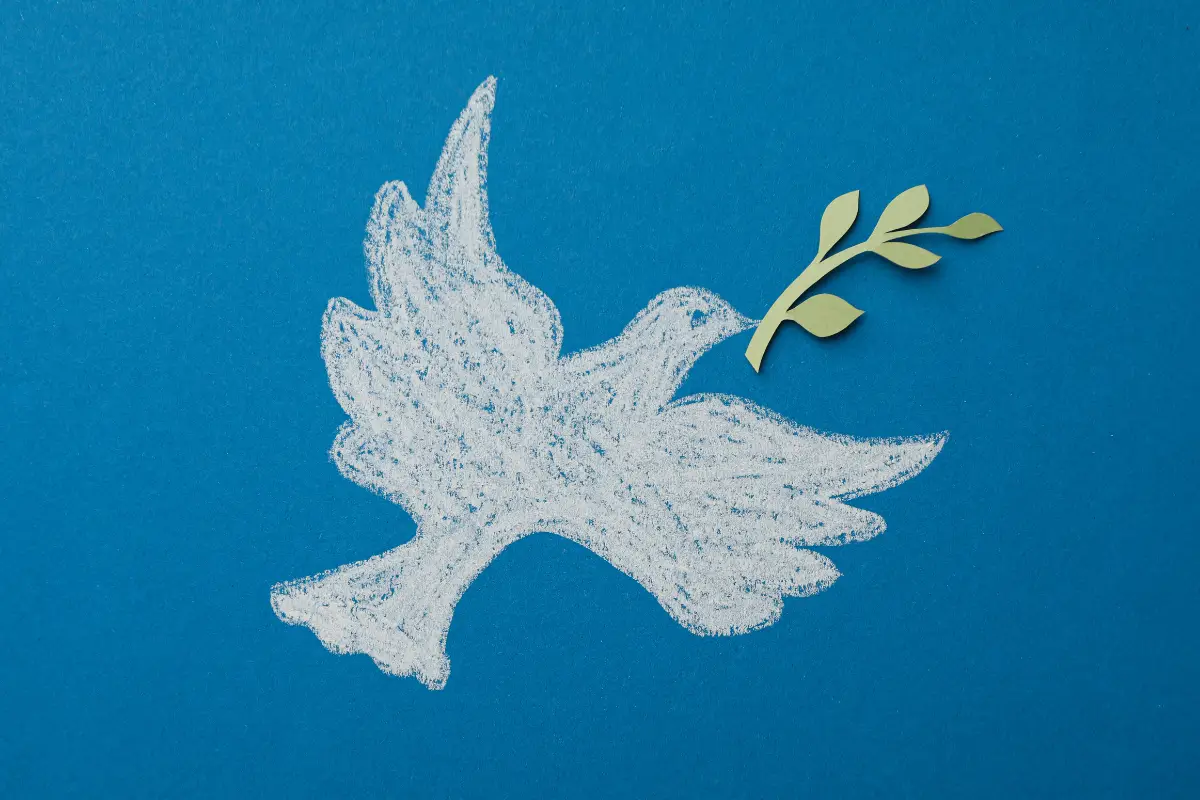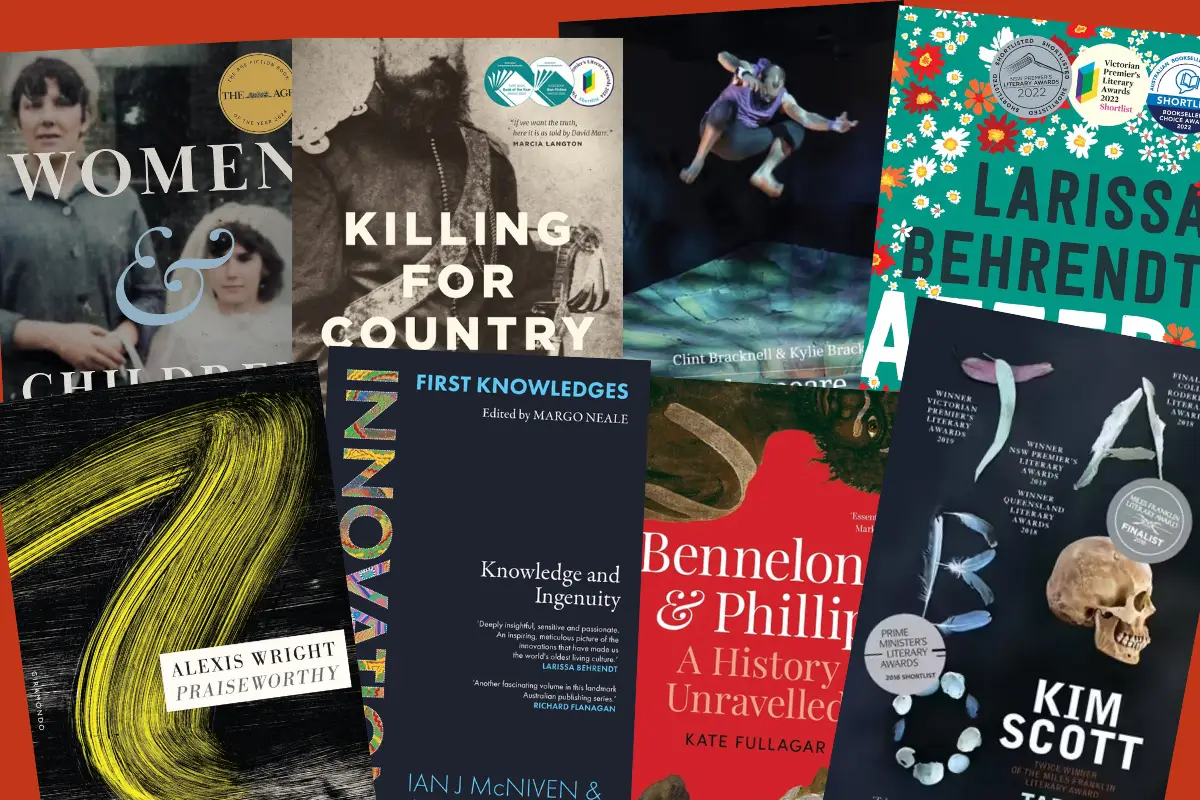
University collections are part of a larger cohort of heritage that will be celebrated on 18 May for International Museums Day (IMD). IMD2024 focuses on the potential of museums to “unlock knowledge” for the benefit of research and education, an objective that is uniquely suited to university museums, and the research and teaching collections they are built to showcase.
Not all museums have collections, but many more collections around the world – especially those in universities – do not have museums. And although campus museums are currently experiencing a renaissance, many university collections continue to remain orphaned, unknown or inaccessible despite the critical role they play as research infrastructure.
Creating and safeguarding knowledge
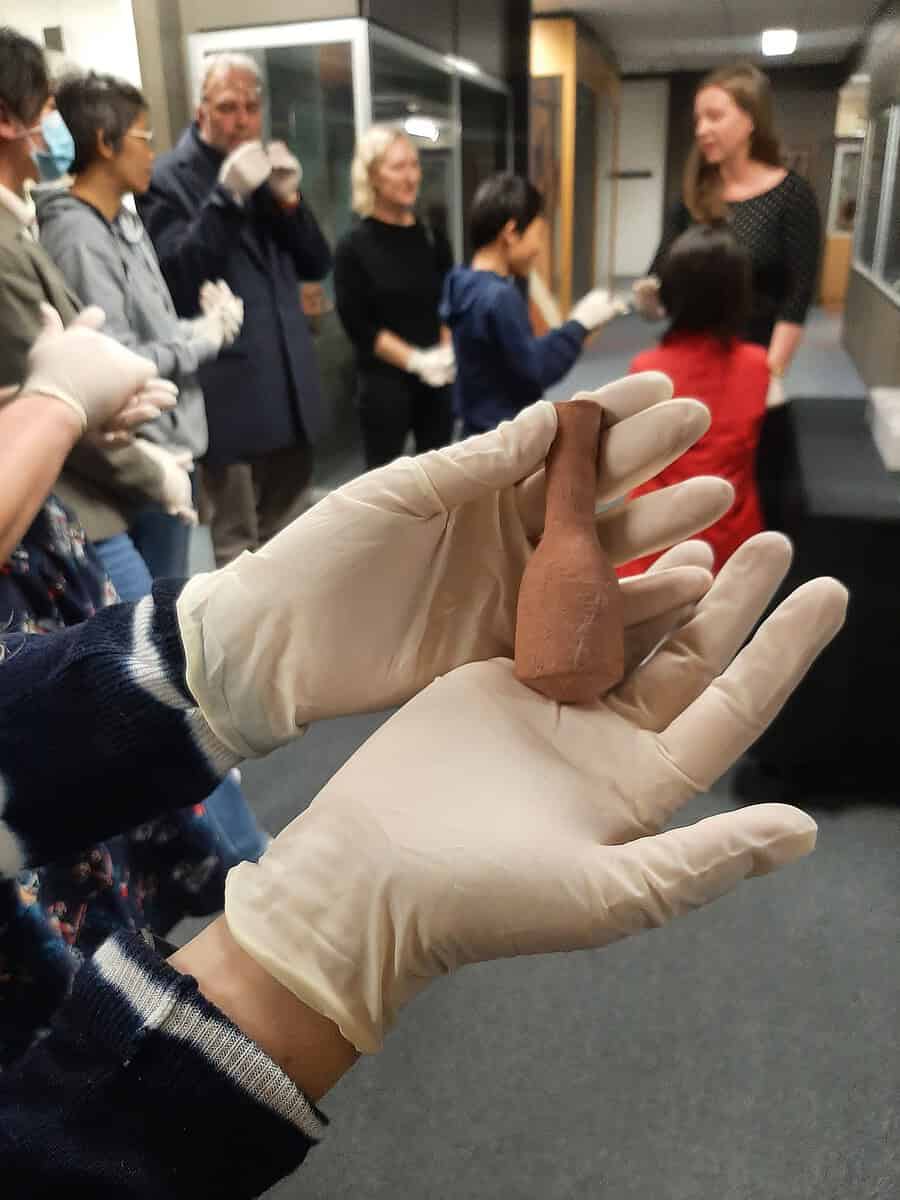
Most universities have collections. Wealthy institutions like Cambridge, Harvard, and the University of Sydney house their collections in purpose-built or renovated museums. Some, like Yale, have created bespoke digital search tools that link their collections and allow users free online access – at Yale this is access to more than 17 million items. Other universities, including my own, have one or two small discipline-focused museums that are used primarily as a teaching resource.
Whether or not they have public facing museums, most universities are custodians of numerous small collections hidden away in professors’ offices, covered in dust in the cupboards of long-forgotten laboratories or abandoned teaching spaces, or quietly exhibited in library cabinets as the outcome of student-led curatorial programs. Such “occasional” collections emerge over time through ad hoc processes undertaken by individuals or research teams, rather than as the result of a strategic acquisition policies. They can document the emergence of specific disciplines or be tied to the histories of the institution that has sponsored their creation and preservation. They can visualise complex research processes for students and have even at times been instrumental to advancing transformations in research practice.
As such, university collections are repositories of knowledge that represent millennia of knowledge and generations of knowledge-management systems. They document and provide data for innovative thinking across disciplines and fields of research. My institution holds, for example, over 50 specialist research, teaching and heritage collections including, Aboriginal and Torres Strait Islander objects and cultural material, cultural material from Asia and the Pacific, West African regions, artworks, antiquities, a herbarium, geological and archaeological samples, biological specimens, scientific instruments, a collection of historical pianos, mid-century furniture, and a wood library.
When collections are well documented, discoverable, coordinated, and managed, their materials can help slow the pace of language loss, preserve cultural heritage and genetic resources, create cultural competencies and improve media literacy, inspire cultural production, and manage bio- and cyber-security and other emergent risks to national and global security.
They can also offer evidence and pathways for researchers to reimagine historical contexts that may no longer exist outside of the collection and provide models for working with First Nations communities to develop best practice frameworks for the management of restitution and repatriation. A sensitivity to protocols for knowledge ownership and transmission is critical to this work.
Where these collections were historically kept in storage as part of the ‘behind-the scenes’ work of university research, they are increasingly being opened for public engagement, sometimes even with the goal of seeking public input into collections that have little associated information. Sometimes this happens in campus museums, but it can also take the form of “open collections” or through university discovery or open days. Opening collections is not just a one-way action that siphons community knowledge into universities. It also introduces a degree of public accountability to the modes of collecting, knowing, and interpreting collections that was not often a factor in historical acquisition practices. Opening university collections to diverse eyes can also lead to improved understanding by researchers, especially those who work at the science-policy interface, of the ways research is mediated by institutional context, power, and voice.
Engagement and impact
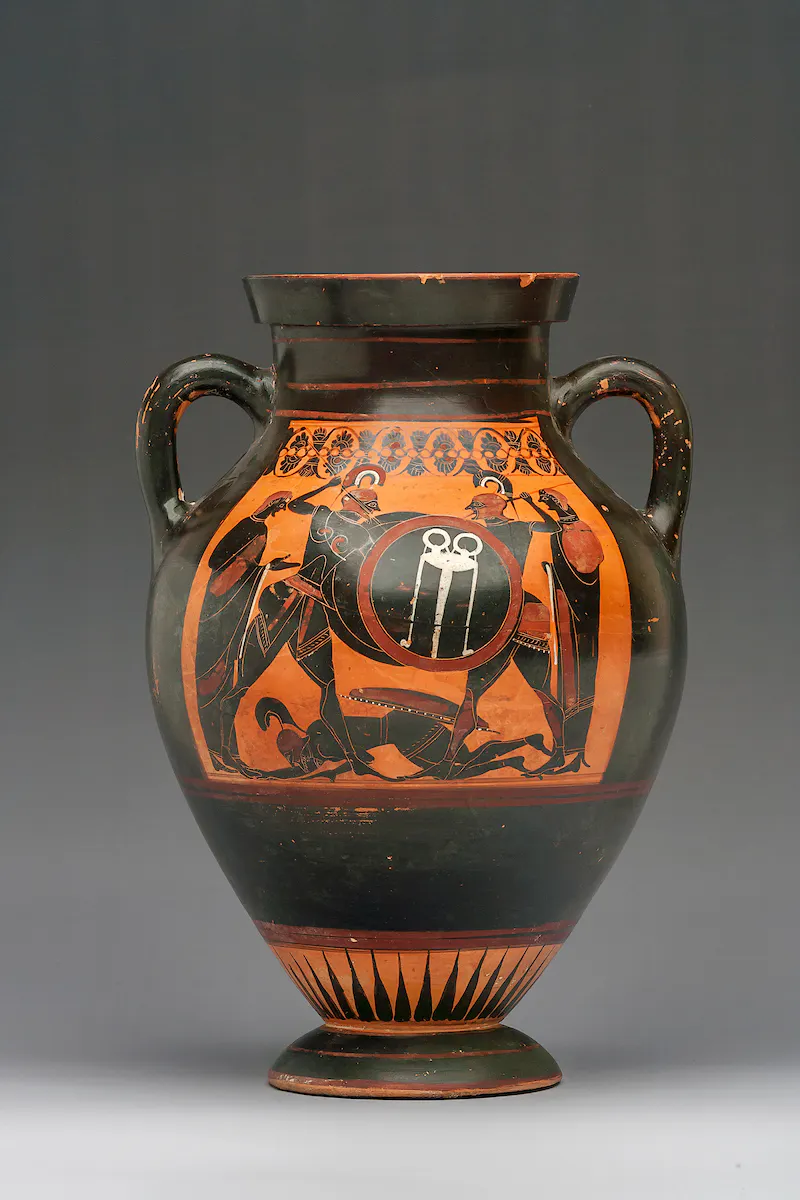
In contrast to the contribution campus museums make to social cohesion agendas through exhibitions and educational programs (e.g., high school teacher training), university collections themselves are rarely recognised as assets by communities outside of the university. When they are valued by local communities as sources of knowledge it may be for the purposes of researching family genealogies, appraising works of art, or to build cases for or against land development.
In these cases, university collections are considered evidence, and the academics and collection experts who work with them are approached as problem solvers.
A decade ago, when I was Head of the School of Archaeology and Anthropology at ANU, a local farmer mailed a box of bones to us. They had been collected decades earlier by a distant relative from the property he now owned. No provenance information was available. He sought to deposit the bones with us. Shortly after receiving the bones (that ended up being from long deceased farm stock), the Australian Federal Police turned up, investigating if the bones could be connected to unsolved missing people cases. As I led the officers along our departmental corridors adorned with display cases curated by museum studies students, they looked in alarm at the casts of human and non-human primate skeletal specimens used by our biological anthropology students and, asked questions about the stone artefacts collected over decades by global pioneers in archaeology.
This experience of working with diverse community members is not an isolated example. Last year, the ANU collections team collaborated with the Italian Government’s specialist art squad and the Italian Embassy in Canberra to coordinate the repatriation of an ancient amphora from our university collection. The Carabinieri Command for the Protection of Cultural Heritage had identified connections between the amphora and a notorious antiquities smuggler who trafficked material out of Italy between 1970 and 2000. The repatriation process put the university collection at the front line of an international law enforcement operation and shows the role such collections can play in international diplomacy.
Both situations show that university collections can be considered purveyors of authority and truth by diverse and sometimes competing stakeholders. Even on issues of political disagreement they can be recognised as critical infrastructure for preserving and contributing to knowledge generation and transmission.
Institutional transformation
Many institutions today position collections as central to their development of decolonisation principles or programs. Collections are ideally suited to this work because they embody historical bias within acquisition activities, collection systems, and descriptive practices that reflect the colonial practices employed in the development of Western universities. Some collection holdings, and their historical approaches to collections management are out-dated and racist, while contemporary systems, particularly in relation to Indigenous data governance, are more likely to be committed to truth-telling and supporting the empowerment and self-determination of communities in their leadership, protection and management of Ancestors, cultural objects and material.
The full potential of International Museum Day’s 2024 theme of unlocking knowledge can only be realised if we recognise the rich potential university collections for scholarship, community and decolonisation, even where the university has no public museum at all.

